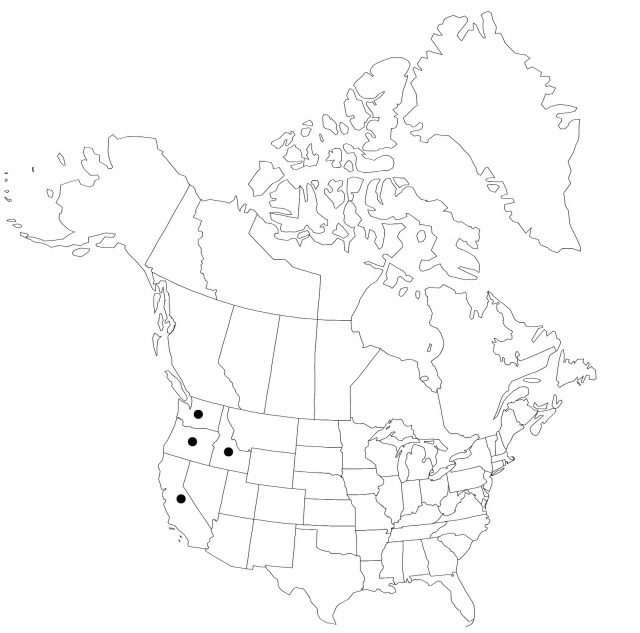Difference between revisions of "Carex lenticularis var. impressa"
Syst. Bot. Monogr. 7: 65. 1985.
Basionym: Carex interrupta var. impressa L. H. Bailey Mem. Torrey Bot. Club 1: 18. 1889
Synonyms: Carex limnaea T. Holm Carex paucicostata Mackenzie
FNA>Volume Importer |
FNA>Volume Importer |
||
| Line 7: | Line 7: | ||
|year=1985 | |year=1985 | ||
}} | }} | ||
| − | |basionyms={{Treatment/ID/ | + | |basionyms={{Treatment/ID/Basionym |
|name=Carex interrupta var. impressa | |name=Carex interrupta var. impressa | ||
|authority=L. H. Bailey | |authority=L. H. Bailey | ||
| + | |publication_title=Mem. Torrey Bot. Club | ||
| + | |publication_place=1: 18. 1889 | ||
}} | }} | ||
|synonyms={{Treatment/ID/Synonym | |synonyms={{Treatment/ID/Synonym | ||
| Line 32: | Line 34: | ||
|elevation=1200–3000 m | |elevation=1200–3000 m | ||
|distribution=Calif.;Idaho;Oreg.;Wash. | |distribution=Calif.;Idaho;Oreg.;Wash. | ||
| − | |discussion=<p>Primarily a taxon of the Sierra <i>Nevada</i> and southern Cascade Mountains, <i>Carex lenticularis </i>var.<i> impressa</i> tends to have smaller perigynia with fewer veins and more red-brown pigmentation than does the more widespread <i></i>var.<i> lipocarpa</i>.</p> | + | |discussion=<p>Primarily a taxon of the Sierra <i>Nevada</i> and southern Cascade Mountains, <i>Carex lenticularis </i>var.<i> impressa</i> tends to have smaller perigynia with fewer veins and more red-brown pigmentation than does the more widespread <i></i></i>var.<i><i> lipocarpa</i>.</p> |
|tables= | |tables= | ||
|references= | |references= | ||
| Line 56: | Line 58: | ||
|publication year=1985 | |publication year=1985 | ||
|special status= | |special status= | ||
| − | |source xml=https://jpend@bitbucket.org/aafc-mbb/fna-data-curation.git/src/ | + | |source xml=https://jpend@bitbucket.org/aafc-mbb/fna-data-curation.git/src/f6b125a955440c0872999024f038d74684f65921/coarse_grained_fna_xml/V23/V23_697.xml |
|genus=Carex | |genus=Carex | ||
|section=Carex sect. Phacocystis | |section=Carex sect. Phacocystis | ||
Revision as of 20:09, 24 September 2019
Culms 15–60 cm. Leaf blades 2–3.5 mm wide. Inflorescences: peduncle of proximal spike 1 cm; proximal bract red-brown at base, 1–3 mm wide. Spikes: proximal 3–5 spikes pistillate, 1.5–3.6 cm × 3–4 mm; terminal spike staminate. Pistillate scales red-brown or black. Perigynia with purple-brown spots on apical 1/2, 1–3 veins abaxially, ellipsoid or ovoid, 1.8–2.5 × 1.1–1.5 mm; stipe 0.2 mm; beak red-brown, 0.2–0.5 mm. 2n = 92.
Phenology: Fruiting Aug.
Habitat: Seasonally flooded river and lakeshores
Elevation: 1200–3000 m
Distribution

Calif., Idaho, Oreg., Wash.
Discussion
Primarily a taxon of the Sierra Nevada and southern Cascade Mountains, Carex lenticularis var. impressa tends to have smaller perigynia with fewer veins and more red-brown pigmentation than does the more widespread var. lipocarpa.
Selected References
None.
Lower Taxa
None.
